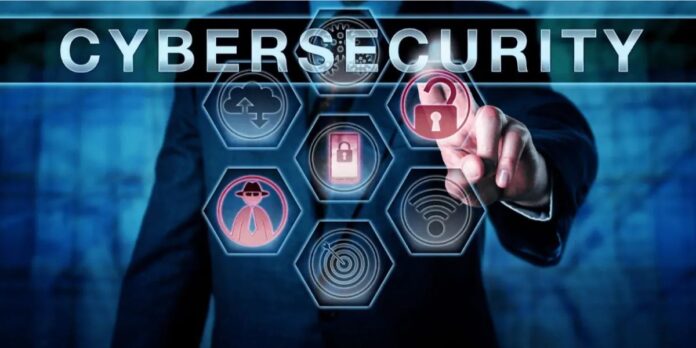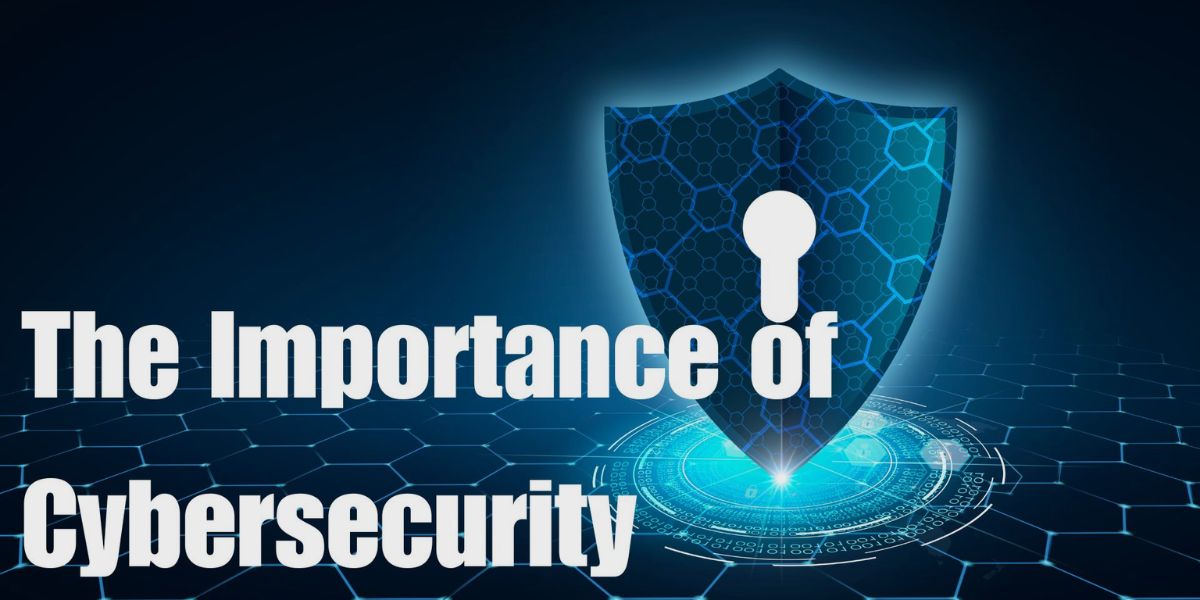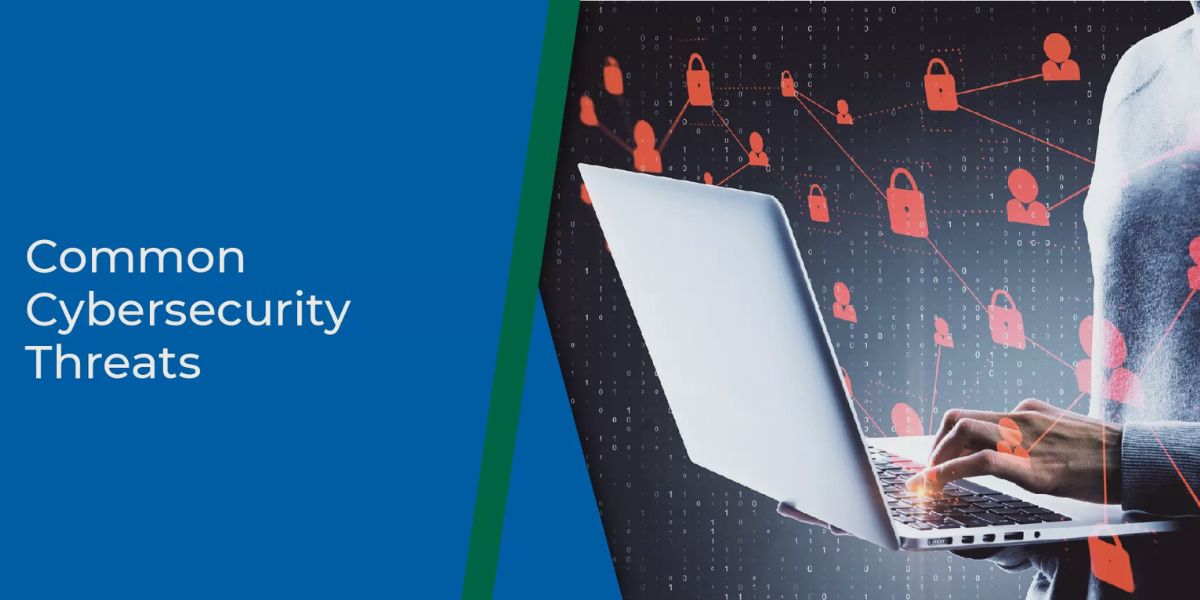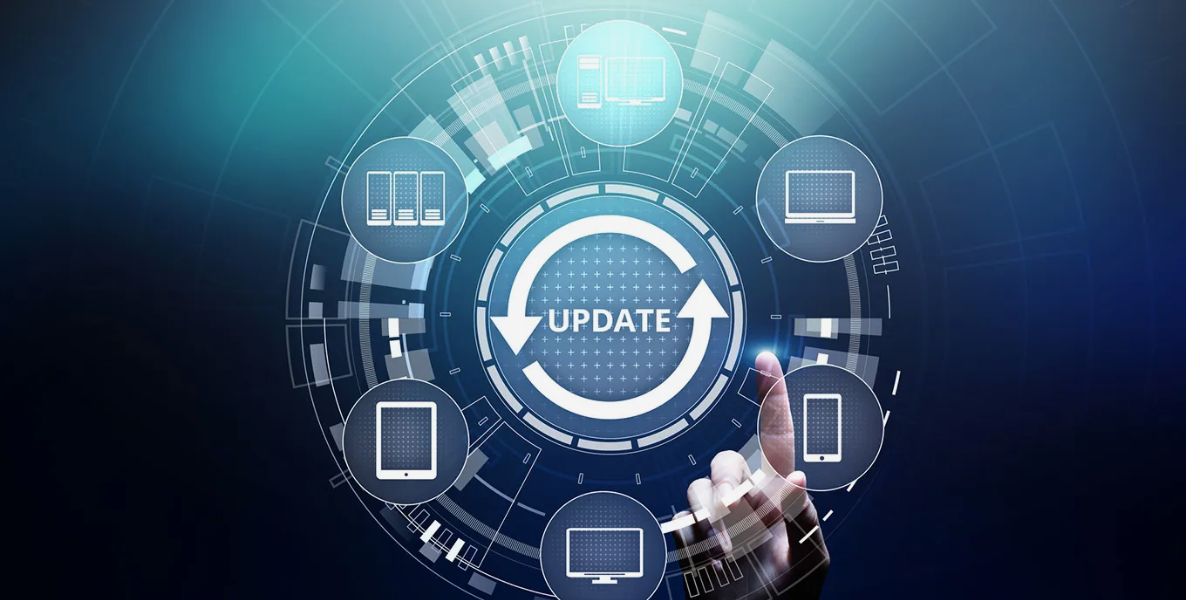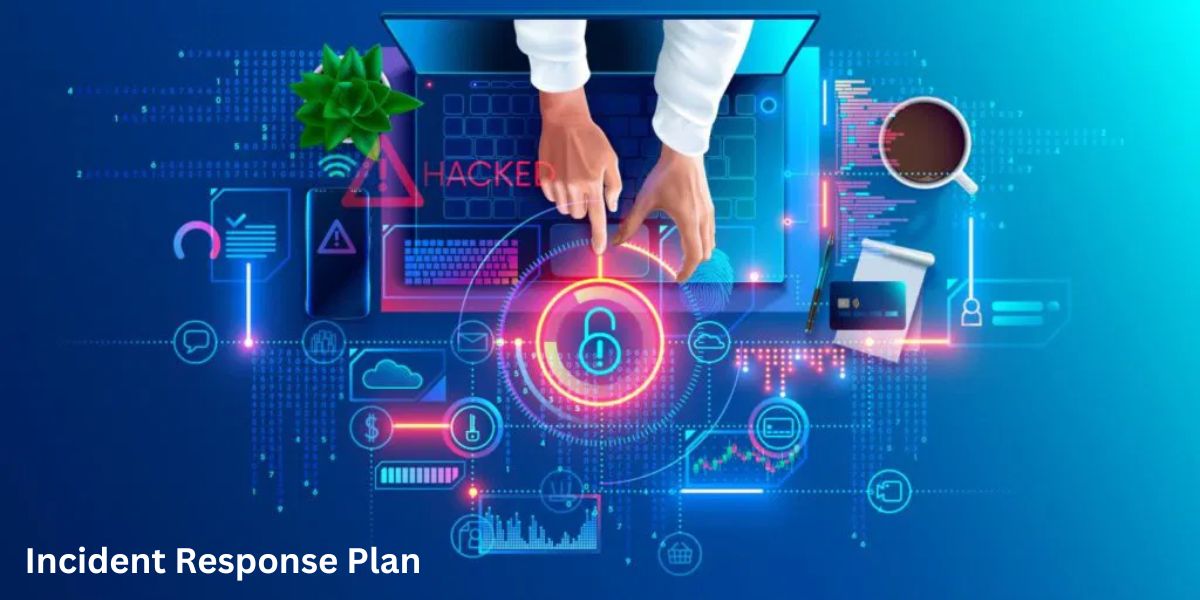In an era where digital transformation is reshaping every facet of life, cybersecurity has become a paramount concern. Cybersecurity, the practice of protecting systems, networks, and data from digital attacks, is crucial for safeguarding sensitive information and ensuring the smooth operation of our digital world. This article explores the significance of cybersecurity, common threats, and strategies for enhancing digital security.
The Importance of Cybersecurity
Cybersecurity is vital for several reasons. First and foremost, it protects sensitive data from theft and misuse. With the increasing amount of personal, financial, and corporate data being stored online, ensuring this information is secure from unauthorized access is critical.
Secondly, cybersecurity is essential for maintaining the integrity and availability of systems. Cyberattacks can disrupt business operations, compromise essential services, and even endanger national security. For example, ransomware attacks can lock users out of their own data, demanding hefty ransoms for its release. Ensuring robust cybersecurity measures helps prevent such disruptions and keeps systems running smoothly.
Finally, effective cybersecurity fosters trust in digital systems. Users are more likely to engage with online services and technologies if they feel confident that their information is secure. For businesses, maintaining a high standard of cybersecurity is not only a regulatory requirement but also a competitive advantage.
Common Cybersecurity Threats
Understanding common cybersecurity threats is crucial for developing effective defenses. Here are some of the most prevalent threats facing individuals and organizations:
- Phishing: Phishing attacks involve tricking individuals into divulging sensitive information by masquerading as a trustworthy entity. These attacks often come in the form of deceptive emails or messages that prompt recipients to click on malicious links or attachments. Phishing can lead to identity theft, financial loss, and unauthorized access to sensitive data.
- Malware: Malware, short for malicious software, includes viruses, worms, trojans, and ransomware. These programs are designed to infiltrate and damage systems, steal data, or disrupt operations. Malware can spread through infected email attachments, compromised websites, or malicious downloads.
- Ransomware: Ransomware is a type of malware that encrypts a victim’s files, rendering them inaccessible until a ransom is paid. Ransomware attacks can cripple organizations, leading to financial losses and operational disruptions. The payment of ransoms is not always guaranteed to restore access, making prevention and backup strategies crucial.
Man-in-the-Middle (MitM) Attacks
MitM attacks occur when an attacker intercepts and potentially alters communication between two parties without their knowledge. This can lead to unauthorized access to sensitive information or data manipulation. MitM attacks are often executed over unsecured networks or through vulnerabilities in communication protocols.
Distributed Denial of Service (DDoS) Attacks
DDoS attacks overwhelm a target system with a flood of traffic, rendering it unable to respond to legitimate requests. This can lead to downtime, service disruption, and financial losses. DDoS attacks are often used to target websites and online services, causing significant operational impacts.
Strategies for Enhancing Cybersecurity
To effectively combat cyber threats, organizations and individuals must implement a comprehensive cybersecurity strategy. Here are key strategies for enhancing digital security:
Implement Robust Access Controls
Access controls restrict who can access specific systems and data. Ensure that users only have access to the data and systems necessary for their roles, and regularly review and update access permissions.
Keep Software and Systems Updated
Regularly update operating systems, applications, and antivirus software to protect against known vulnerabilities. Software updates often include security patches that address newly discovered threats. Keeping systems current reduces the risk of exploitation by cybercriminals.
Educate and Train Users
Human error is a significant factor in many cybersecurity incidents. Provide regular training and awareness programs to educate users about common threats, safe online practices, and how to recognize suspicious activity. Empowering users with knowledge helps prevent successful attacks and enhances overall security.
Deploy Firewalls and Intrusion Detection Systems
Firewalls and intrusion detection systems (IDS) are essential for monitoring and controlling network traffic. Firewalls act as a barrier between internal networks and external threats, while IDSs detect and alert on potential malicious activity. Together, these tools provide a robust defense against unauthorized access and cyberattacks.
Conduct Regular Security Audits
Regular security audits help identify vulnerabilities and assess the effectiveness of existing security measures. Perform penetration testing to simulate attacks and evaluate the resilience of your systems. Use the findings to strengthen defenses and address any weaknesses.
Backup Critical Data
Regularly back up important data and store it securely. In the event of a ransomware attack or data loss, having up-to-date backups ensures that critical information can be restored without paying a ransom. Implement a backup strategy that includes both on-site and off-site storage to safeguard against data loss.
Develop an Incident Response Plan
An incident response plan outlines the steps to take in the event of a cybersecurity breach. Regularly test and update the plan to ensure readiness and effective response to potential incidents.
Conclusion
Cybersecurity is a critical component of modern digital life, protecting sensitive data, maintaining system integrity, and fostering trust in online systems. As cyber threats continue to evolve, it is essential for individuals and organizations to stay vigilant and proactive in their cybersecurity efforts. By understanding common threats and implementing robust security measures, you can safeguard your digital assets and ensure a safer online environment. Embrace cybersecurity best practices and continuously adapt to new challenges to stay ahead of cybercriminals and protect your digital world.

